Fish
The East Kimberley has some of Australia’s finest fishing spots with tidal estuaries, mud flats and mangrove lined creeks which deliver a range of species.
While we aim to catch target species which are some of the more common types of fish, there are some bycatch species which we might find along the way. We encourage these species to be instantly returned back to the waterways.
Here are some of the fish you might find on one of our tours:
Target species
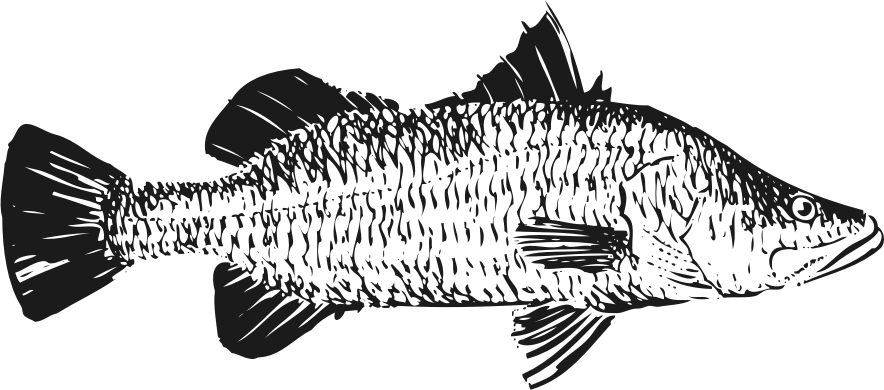
Barramundi
The legendary barramundi abounds in our tropical estuary waters. The barramundi is a protandrous hermaphrodite, which means it changes sex from male to female, usually when it reaches around 80cm or 4-5 years of age. Of course, the prize barramundi is anything over 100cm - the acclaimed ‘metery’ which are always caught and released to become breeding stock for the future. In Western Australia, the Barramundi can be targetted all year round. If you’d like to learn more about this incredible fish species, more detailed information is available here.

Fingermark / Golden Snapper
Commonly found in inshore coral and rocky reef areas, as well as mangrove estuaries, these fish are also good eating and are renowned for their fresh clean taste. Fingermark are part of the Lutjanidae family, typically a slow growing fish and generally reach sexual maturity from 6-8 years and at sizes over 50cm. Fingermark are susceptible to Barotrauma in water depths over 10m and can be fatal to the fish. Fingermark are generally only targeted until bag limit is reached.
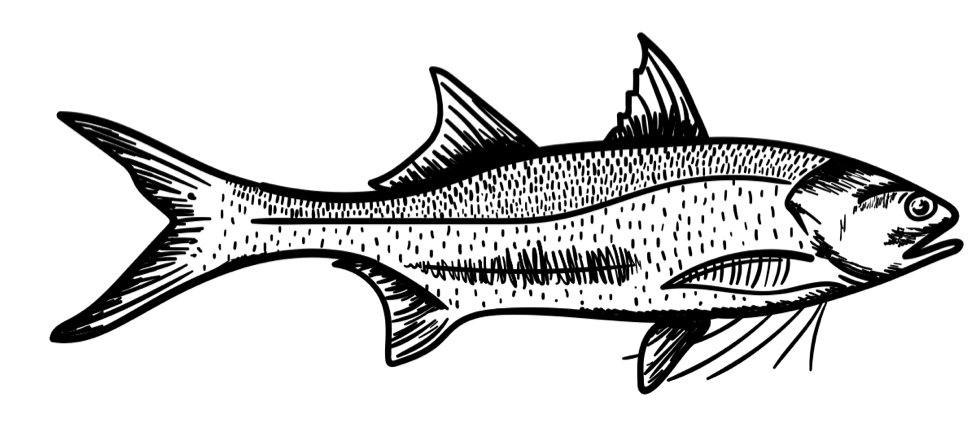
Threadfin and Bluenose Salmon
Another prize eating fish, threadfin salmon and it's cousin the blue nose salmon, are common in our waterways. They actually aren’t salmon at all, but rather from the polynemidae family and can grow up to 140cm long! More about threadfin can be found here.
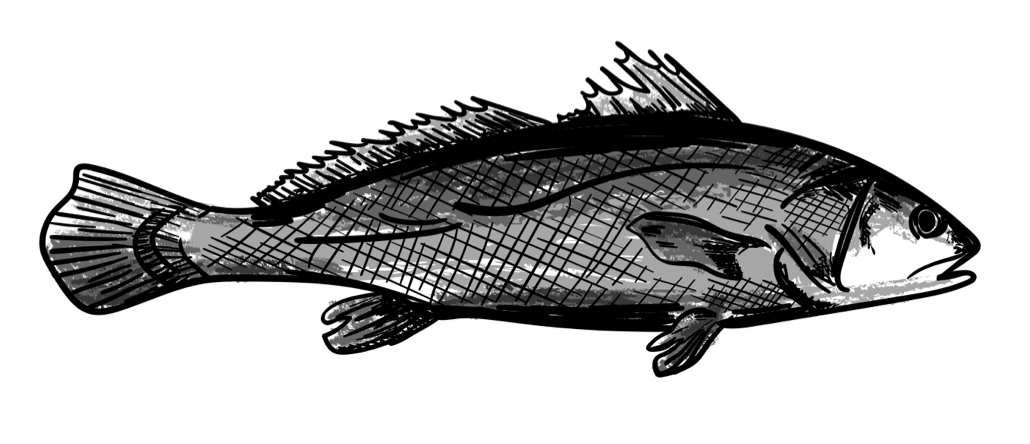
Black Jewfish
Sometimes called the Northern Mulloway, Black Jewfish are also found in the tidal estuaries around Wyndham. These fish are very different from the standard mulloway found in more southern areas and are commonly found in cloudy coastal waters. These fish are great to catch, however can be susceptible to Barotrauma in water depths of over 10m and can be fatal to the fish. Black jewfish are generally only targeted until bag limit is reached.
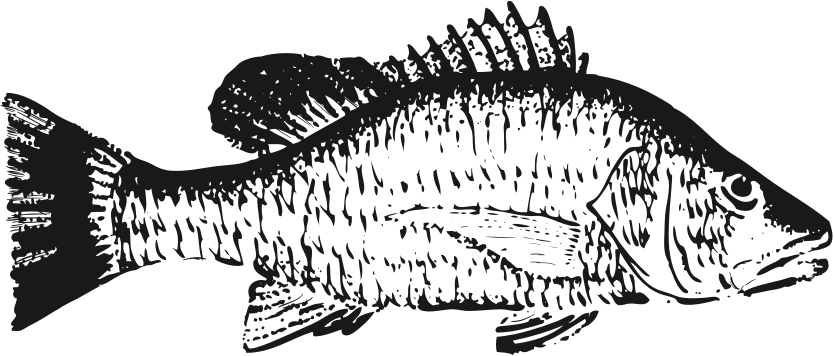
Mangrove Jack
Also part of the Lutjanid family, Mangrove Jack are arguably one of the best tasting fish to be found in our region along side the fingermark. Mangrove Jacks are commonly caught in tidal estuaries and creeks. Common Mangrove Jack sizes range from 10cm to 45cm in this area.
Bycatch species

Queensland Grouper
The world’s largest reef-dwelling bony fish. A very shy fish, the larger they grow, the shyer they become. The Queensland Grouper is a protected species, and although it is not a target species, the occasional bycatch is possible. These fish need to be handled with care and must be released as quick as possible. They are not to be kept. The Queensland Grouper can grow up to lengths of over 2.5m and can weigh over 400kg. Despite their name, they can be found in the warm waters of the East Kimberley.
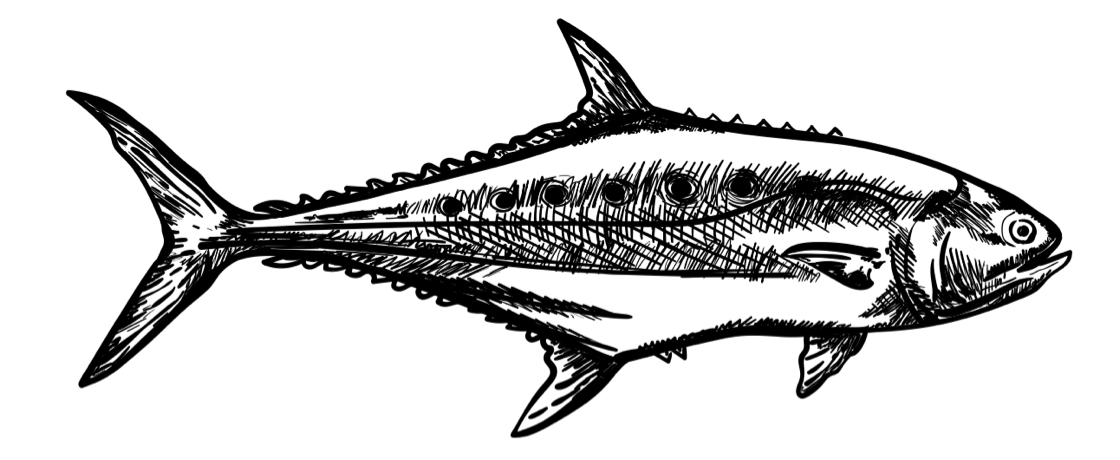
Queenfish
Known to be a fine sportfish, combining acrobatics with dogged determination, watching queenfish crash surface lures is enthralling as they often dart around lures without striking. Although mainly an offshore species found in shallow water around reefy areas, they often turn up in estuaries and creeks.

Javelin fish
Sometimes known as a ‘Grunter’ these fish have a tendency to have a rather unique grunt when brought to the boat. The Javelin fish are good eating and put up quite a fight when hooked, Javelin fish are often found in tidal creeks and northern coastal waters.

Estuary Cod
Most commonly associated with estuaries, creeks and inshore reefs, they are known for their fighting ability and eating quality. In WA waters estuary cod are usually caught up to five kilograms but are known to reach 25 kilos.

Northwest Black Bream
Commonly known as Pikey bream, they inhabit coastal foreshores and tidal creeks. They form large schools at times and is usually targeted in winter months. Generally not a target species, However are a good bycatch are they can fight hard for a small fish.